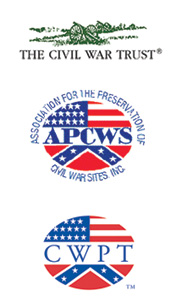
A depiction of Order No. 11.
If you are interested in learning more about the Civil War in the West, there are some podcasts available on iTunes that may be of interest. The Missouri-Kansas Border War Network is an organization that seeks to educate the public and preserve the history of the border region. You can see their website for more details, but you’ll have to go to iTunes to download their podcasts.
These podcasts are short (~6-8 minute) interviews with historians and archaeologists who study this period. The two described below are the only ones that I’ve listened to. Here are more details:
1. Historian Donald Gilmore, in the interview titled “Order No. 11,” forwards his conclusion that Order No. 11 was not necessarily a reaction to Quantrill’s raid on Lawrence, Kansas, in 1863. I would be interested to hear your take on the last part of the lecture where he talks about slaveholders and their right to keep slave property.
2. Ann Raab, who is in the archaeology department at the University of Kansas, is interviewed in the podcast titled “Bates County, Missouri, Archaeology Dig.” Recently Raab conducted an archaeological dig on a plantation in Bates County, Missouri. Archaeology of the historic period (when written records have been preserved and can work in tandem with archaeological finds) is called “historic archaeology.”
